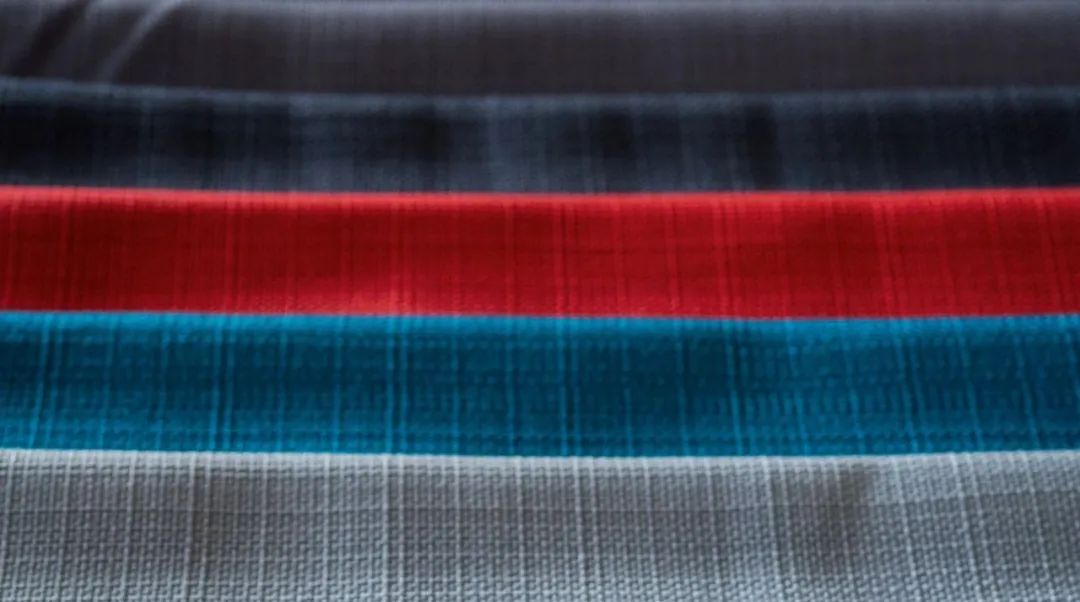Textile basics are here again! Save for reference
Textile Basics Knowledge is here again! Collect for reference The textile industry is a basic industry for the national economy and people’s livelihood. There are many people engaged in the production, processing, and other fields of the textile industry. People’s daily lives regarding textiles are basically inseparable from their contributions. There are currently a lot of people working in the field of textile industry research around the world. Whether you are a professional or a non-professional, you basically have a certain understanding of the textile industry and textiles. This article provides some technical knowledge and concepts about the textile industry. Let’s have a brief exchange.

Basic knowledge of fabrics
Unit conversion
1 yard (Y) = 0.9144 meters (M)
1 inch (1″) = 2.54 centimeters (CM)
1 yard = 36 inches
1 pound (LB) = 454 grams (g)
1 ounce = (OZ) = 28.3 grams (g)
Textile unit selection conversion formula
(1). The conversion formula between metric count (N) and denier (D): D=9000/N
(2) Conversion formula for British count (S) and denier (D): D=5315/S
(3) The conversion formula between dtex and tex: 1tex=10dtex
(4) Conversion formula between tex and denier: tex=D/9
(5) The conversion formula between tex and imperial number (S): tex=K/S K value such as: 590.5
(6) Conversion formula between tex and metric number (N): tex=1000/N
(7) The conversion formula between decitex (dtex) and denier (D): dtex=10D/9
(8) The conversion formula between decitex (dtex) and inch count (S): dtex=10K/S
(9) The conversion formula between decitex (dtex) and metric number (N): dtex=10000/N
(10). The conversion formula between metric centimeters (cm) and imperial inches (inch): 1inch=2.54cm
(11) The conversion formula between metric meters (M) and imperial yards (yd): 1 yard = 0.9144 meters
(12) The conversion formula of satin square meter weight (g/m2) and mmi (m/m): 1m/m=4.3056g/m2
(13) The conversion formula between the actual weight of silk and satin: pound (lb) = weight per meter of silk (g/m)*0.9144 (m/yd)*50 (yd)/453.6 (g/yd)
Fabric specification parameter definition
1
denier number
Indicates the thickness of long fiber yarn, that is, the weight of a yarn with a length of 9000 meters is 1 gram (g), usually defined as 1 denier, represented by the English letter “D”. For example: a 9,000-meter-long yarn weighs 70 grams, which is defined as 70 denier. Mainly used to indicate the thickness of chemical fiber.
2
Number of strips and density of latitude and longitude
Indicates the density of fabric, that is, the sum of the number of warp and weft yarns per square inch, represented by the English letter “T”. When counting strips, pay attention to analyzing the weaving method of the fabric and find out the corresponding weaving rules, so that you can accurately measure the number of strips.
3
F number
Each warp or weft is composed of several spun yarns. The F number indicates the number of spun yarns in a warp or weft, represented by the English letter “F”. Generally speaking, the larger the “F number”, the better the feel of the fabric. The fluffier and softer it is. On the contrary, the thinner and harder it feels.
4
Thickness indication of staple fiber yarn
Under normal circumstances, it is expressed as “yarn count”, that is, the length of yarn spun from 1 pound of cotton is 840 yards. This yarn is called 1 yarn count, represented by the English letter “s”. For example, 21 yarn counts are 21s.
Fabric classification
1
Classification by nature
Taslon
Nylon Taslan, polyester Taslan, Oxford Taslan, general situation: the weft yarn is thicker, the cloth surface is rough, it has a rich feeling, and it feels like spinning cotton. Such as: Nylon Taslan 70D*160D*178T, 184T, 228T, Taslan 320D, 640D, Taslan Oxford 200D*300D, 400D*500D, etc.
4
Pongee
It is generally polyester DTY yarn, with a rough cloth surface (except 50D) and a soft hand feel. For example: polyester pongee 75D*190T, 210T, 240T, 50D*280T, 290T, 300T, etc.
5
Flash type (Trilobal)
Nylon glitter taffeta, polyester glitter taffeta, nylon-polyester intertwined glitter, that is, the woven yarn is bright yarn such as: nylon glitter 70D*190T, 210T, polyester glitter twill, etc., which can be divided into single glitter and double glitter (warp yarn alone Or the weft yarn is made of glittering yarn, which is called single flashing, and the one where both warp and weft yarns are glittering yarn is called double flashing).
6
Twill
The texture of the cloth is twill, and the warp and weft density of twill cloth is generally larger. Such as: nylon twill 70D*210*230T, 272T, 290T, polyester twill 75D*75D*230T, 260T, and interlaced twill, etc.
7
Interleaving
Such as nylon and polyester interwoven (N/T), nylon and cotton interwoven (N/C), polyester and cotton interwoven (T/C) and so on. The nylon and polyester can be FDY, DTY or ATY, semi-gloss, matte, or flash. The cotton yarns are divided into carded, semi-combed, combed, and some are slub yarns.
8
Peach skin type (Microfiber)
Also called microfiber. Such as polyester peach skin 43022 (75D*240T), 43099 (75D*150D*220T), 43377 (twill, 75D*150D*230T), etc.
9
satin and satin
In addition, there are also plaid type (Ripstop), jacquard type (Dobby), etc. which are variations of the above fabric types.




